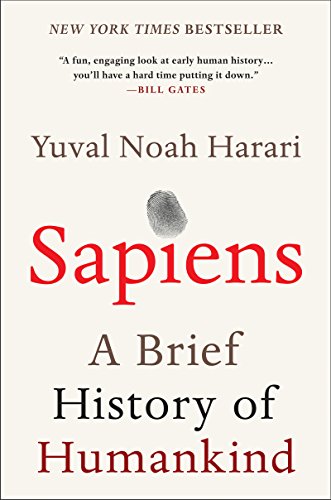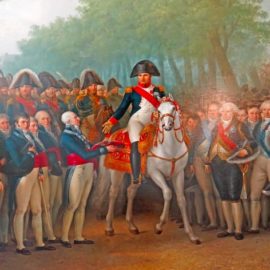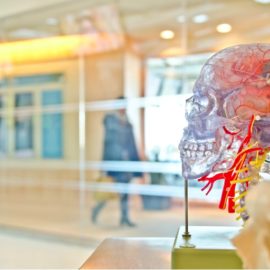

This article is an excerpt from the Shortform summary of "Sapiens: A Brief History of Humankind" by Yuval Noah Harari. Shortform has the world's best summaries of books you should be reading.
Like this article? Sign up for a free trial here .
What were early hunter-gatherers’ food choices? What did they eat? How did their food affect their health?
Hunter-gatherers ate broadly: termites, berries, roots, rabbits, bison, and mammoth, among other foods. Their varied diet likely contributed to their health and lack of disease.
We’ll cover why hunter-gatherers’ food choices were healthy and how hunter-gatherers lived.
Editor’s note: This article is part of Shortform’s guide to dieting. If you like what you read here, there’s plenty more to check out in the guide!
Were Hunter-Gatherer Foods Healthy?
There were a couple of reasons foragers were taller and healthier than Sapiens after the Agricultural Revolution. One of them was hunter-gatherers’ food choices.
Varied Diet
Because early hunter-gatherers might eat berries, snails, and rabbit one day and mushrooms, fruits, and mammoth the next, they were rarely malnourished. They got all the nutrition they needed from the variety in their diets.
Less Disease
Aside from hunter-gatherers’ food choices, many factors contributed to hunter-gatherer health. Many diseases afflicting Sapiens’ descendants came from domesticated animals. Because their only domesticated animal was the dog, there was less opportunity for the spread of disease.
Additionally, hunter-gatherer populations were spread thinly across the land. Epidemics were uncommon. Later societies would live in close quarters and unhygienic environments, fueling the spread of dangerous epidemics.
Aside from healthy hunter-gatherers’ food choices, foragers had many advantages over their descendants.
Short Working Hours
It’s very possible that early hunter-gatherers spent much less time working to find food and resources. Many of them lived in lands much more fertile than the Kalahari Desert. They also didn’t have the chores that take up our time today, like vacuuming, paying bills, and washing dishes.
We Don’t Know Much About Hunter-Gatherers
Because foragers moved every week, sometimes every day, they had few personal possessions. They only had what they could carry themselves, without the aid of wagons or pack animals. Consequently, Sapiens during the period between the Cognitive Revolution and the Agricultural Revolution left few artifacts. Dependence on the few artifacts discovered creates an incomplete and even misleading picture of our ancestors.
It’s also hard to talk about how early Sapiens lived because there was no single way of life (as there isn’t now). Still, attempting to piece together how our ancestors lived from 70,000 to 12,000 years ago can give us insight into our modern society.
The Few Things We’re Pretty Sure Of
- There weren’t many humans. The whole human population was smaller than the number of people living in Cairo today.
- Sapiens lived in bands of up to several hundred individuals.
- Neighboring bands cooperated, but also fought. Each band was likely independent. They traded with each other, but weren’t dependent on each other for essentials like fruit and meat. They traded “prestige items” like shells and pigments.
- There were no permanent homes, towns, or governments. Sapiens roamed back and forth across their territory, according to animal migrations and changes in the seasons. Fishing villages might be an exception.
- They ate broadly: hunter-gatherers’ food choices included termites, berries, roots, rabbits, bison, and mammoth, among other foods.
- They had knowledge: There was little specialization of skills. Everyone needed to know how to make a knife, mend clothing, trap prey, escape lions, and heal snakebites. Sapiens in the forager period were some of the most skilled and informed people in history.
Hunter-gatherers’ food choices were one reason these early Sapiens were relatively healthy.
———End of Preview———

Like what you just read? Read the rest of the world's best summary of "Sapiens" at Shortform . Learn the book's critical concepts in 20 minutes or less .
Here's what you'll find in our full Sapiens summary :
- How Sapiens outlived and outlasted the 8+ other human-like species on Earth
- The 3 critical revolutions in human existence that led to our domination of the planet
- How much of what powers our world today is really just a shared mass delusion
- What the future of humanity might look like






